Type of barbell
Barbells are a type of weightlifting equipment used in strength training, powerlifting, and bodybuilding. They consist of a long, straight metal bar with evenly spaced weights attached to both ends. There are several types of barbells designed for different purposes and lifting techniques. Here are some common types:
Standard Barbell: This is the most basic type of barbell, typically measuring 5 to 6 feet in length and weighing around 15 to 25 pounds. It's used for general strength training and is often found in home gyms.
Olympic Barbell: Olympic barbells are standardized for Olympic weightlifting and powerlifting competitions. They are 7 feet long and weigh 45 pounds for men and 35 pounds for women. These barbells are sturdier and more versatile, designed to handle heavier weights and various exercises.

Powerlifting Barbell: This type of barbell is specifically designed for powerlifting competitions. It is similar to the Olympic barbell but may have different knurling patterns (the textured grip area) and markings for powerlifting-specific lifts like the squat, bench press, and deadlift.
Deadlift Bar: A deadlift bar is longer and more flexible than a standard barbell. This flexibility allows the bar to bend slightly, which can be advantageous for deadlifts as it can provide better grip and reduce strain on the lifter's back.
Squat Bar: A squat bar is thicker and may have a slightly different shape compared to standard barbells. It's designed to be more comfortable on the lifter's back during squats, distributing the weight more evenly.
Trap Bar (Hex Bar): The trap bar, also known as a hex bar, is shaped like a hexagon. Lifters stand inside the bar, which can be more ergonomic and put less stress on the lower back. It's often used for deadlifts and shrugs.
Curl Bar (EZ Bar): A curl bar, also known as an EZ bar, has a curved shape to allow for better grip during bicep curls and other isolation exercises. It reduces strain on the wrists and elbows.
Safety Squat Bar: This barbell has a unique shape with shoulder pads and handles in front. It's designed to make squatting more comfortable and can be beneficial for those with shoulder or mobility issues.
Swiss Bar (Football Bar): The Swiss bar features multiple sets of neutral-grip handles. It's versatile and can be used for various pressing and rowing exercises with different hand positions.
Cambered Bar: The cambered bar has a slight curve to it, which can change the angle and distribution of the weight during exercises like squats and bench presses.
Weight
Barbells come in various weights, depending on the type and purpose of the barbell. Here are some common weight ranges for different types of barbells:
Standard Barbell: These barbells typically weigh around 15 to 25 pounds (6.8 to 11.3 kilograms).
Olympic Barbell: The standard Olympic barbell used in competitions weighs 45 pounds (20.4 kilograms) for men and 35 pounds (15.9 kilograms) for women.
Powerlifting Barbell: Powerlifting barbells, which are similar to Olympic barbells, also weigh 45 pounds (20.4 kilograms) for men and 35 pounds (15.9 kilograms) for women.
Tensile Strength
The tensile strength of a barbell refers to the maximum amount of tensile (pulling) force that the barbell can withstand without breaking or deforming. Tensile strength is typically measured in pounds per square inch (psi) or megapascals (MPa) and indicates the material's ability to resist stretching or pulling forces.
The tensile strength of a barbell can vary depending on factors such as the type of steel used, the manufacturing process, and the specific design of the barbell. High-quality barbells used in strength training and weightlifting are generally made from high-strength alloy steel, which provides durability and resilience.
For Olympic and powerlifting barbells, the tensile strength can range from approximately 150,000 psi (1034 MPa) to 215,000 psi (1482 MPa) or more. These high tensile strengths ensure that the barbells can handle the significant loads involved in heavy lifting without failing.
Knurling And Knurling Marks

Knurling is a texturing process used on the grip areas of barbells and other weightlifting equipment to improve grip and prevent slippage during exercises. It involves creating a pattern of ridges or small diamond-shaped points on the surface of the barbell. These ridges provide a tactile surface that helps lifters maintain a secure grip on the bar, especially when handling heavy weights.
Knurling marks on a barbell refer to the specific patterns or sections of the barbell where the knurling is applied. Different types of barbells, such as Olympic, powerlifting, and specialty bars, may have varying knurling patterns and markings to accommodate different lifting techniques and exercises.
Here are a few common types of knurling marks and their purposes:
Center Knurling: Many barbells used for powerlifting and certain Olympic lifts, like the clean and jerk, have center knurling. Center knurling is positioned at the center of the bar, where it comes into contact with the lifter's upper back during squats. This added texture helps the bar grip the lifter's clothing and prevents it from sliding down the back during the squat movement.
Outer Knurling: The outer knurling is usually found on the sections of the barbell where the lifter's hands grip the bar for exercises like deadlifts, bench presses, and squats. The pattern and aggressiveness of the knurling can vary between bars and manufacturers.

No Center Knurling: Olympic weightlifting bars intended for the snatch movement typically lack center knurling to prevent discomfort when the bar rests against the lifter's neck and collarbone during the overhead position.
Powerlifting Markings: Some powerlifting barbells have specific markings on the knurling to indicate hand placement for different lifts, such as the bench press and deadlift.
Multi-Purpose Knurling: Many general-purpose barbells, like those used in commercial gyms or home setups, have a standard knurling pattern designed to provide a balance between grip and comfort for a wide range of exercises.
The depth and aggressiveness of the knurling can also vary. A deeper and more aggressive knurling pattern provides a stronger grip but might be uncomfortable for those who perform high-repetition exercises. Conversely, a shallower knurling pattern is more comfortable for frequent use but might not provide as strong of a grip.
Rotation System: Bushings Or Bearings?

The rotation system of bushings or bearings on a barbell refers to the type of mechanism used to facilitate smooth rotation of the sleeves (ends) of the barbell in relation to the bar's shaft. This rotation system is commonly found in weightlifting and powerlifting barbells and is crucial for optimal performance, especially during exercises like Olympic lifts and powerlifting movements.
There are two main types of rotation systems used in barbells: bushings and bearings.
Bushings: Bushings are small, cylindrical pieces usually made of bronze or other similar materials. They are inserted between the barbell's shaft and the sleeve to reduce friction and allow for smoother rotation. Bushings are less expensive than bearings, making barbells with bushings more affordable. However, they generally provide a bit less spin and smoothness compared to barbells with bearings.
Bearings: Bearings are small rolling elements typically made of steel or other high-quality materials. They offer a higher level of rotation and smoother spin than bushings. Bearings are either needle bearings or ball bearings. Needle bearings are longer and provide a higher level of radial support, allowing the sleeves to rotate more freely. Ball bearings, on the other hand, are smaller and tend to be smoother in movement.
There are different variations and combinations of these rotation systems, including:
The choice between bushings and bearings depends on the lifter's preferences, budget, and the types of exercises they plan to perform. Olympic weightlifters may prefer barbells with bearings due to the intricate movements involved in their lifts, while powerlifters might find bushing-based barbells suitable for their slower-paced movements.











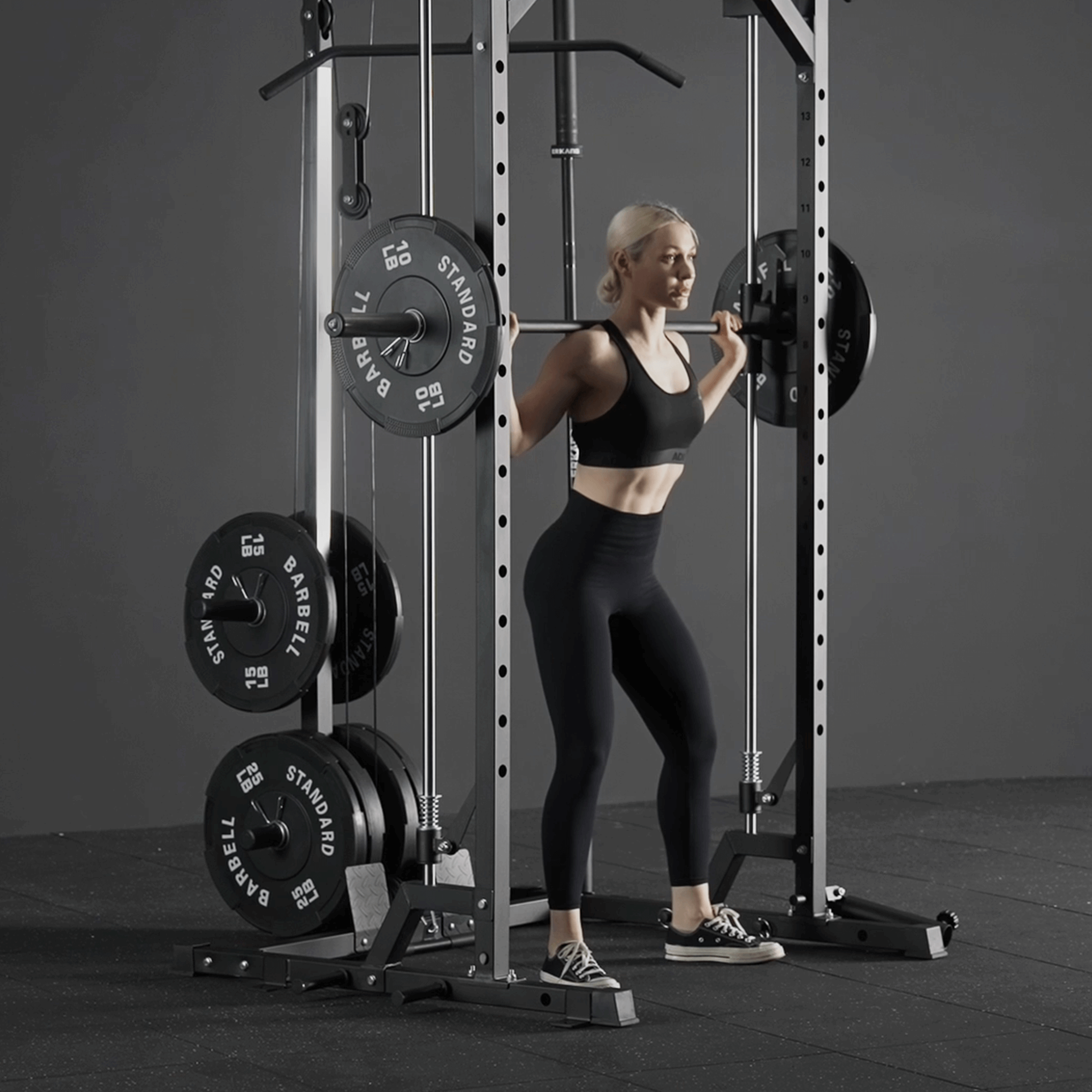






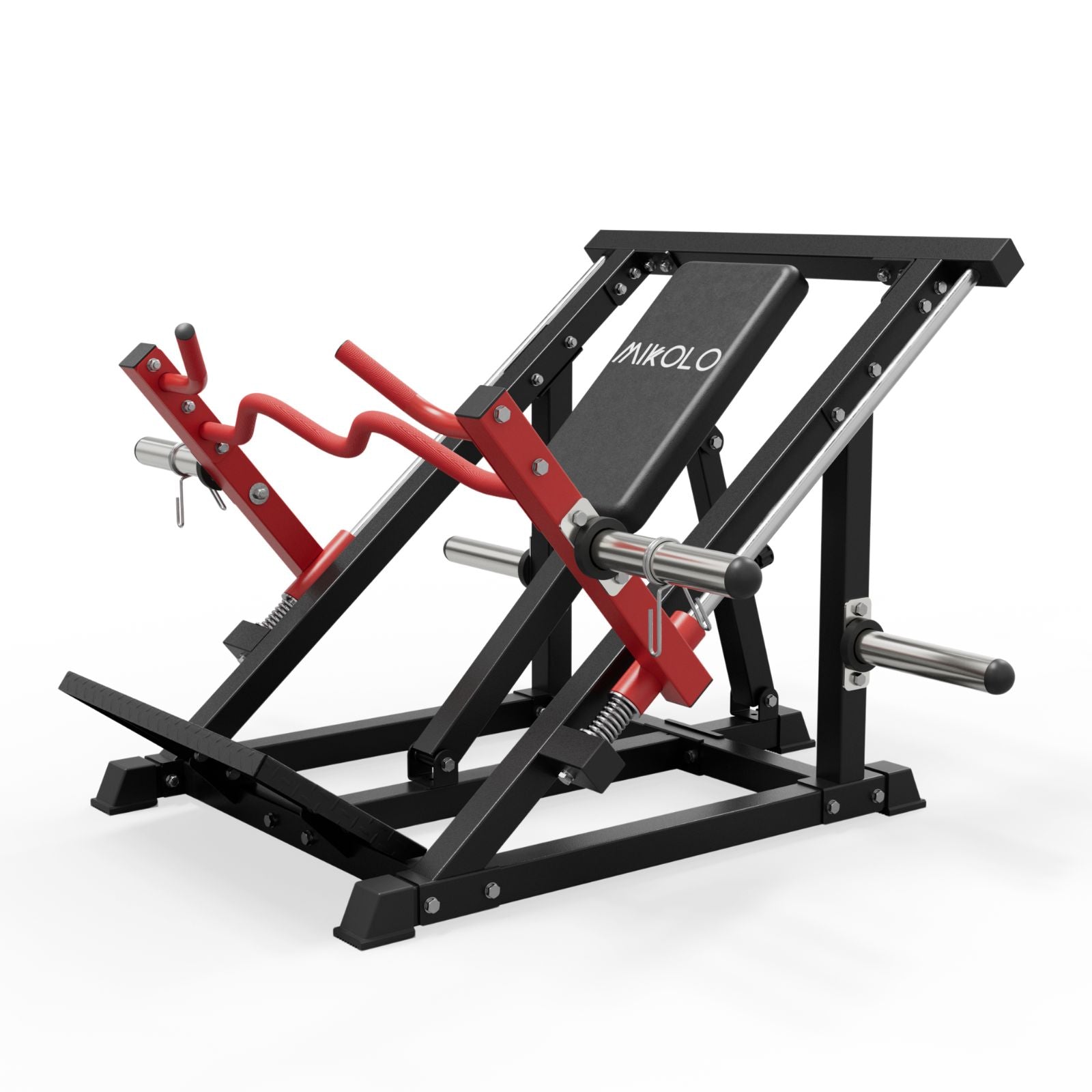

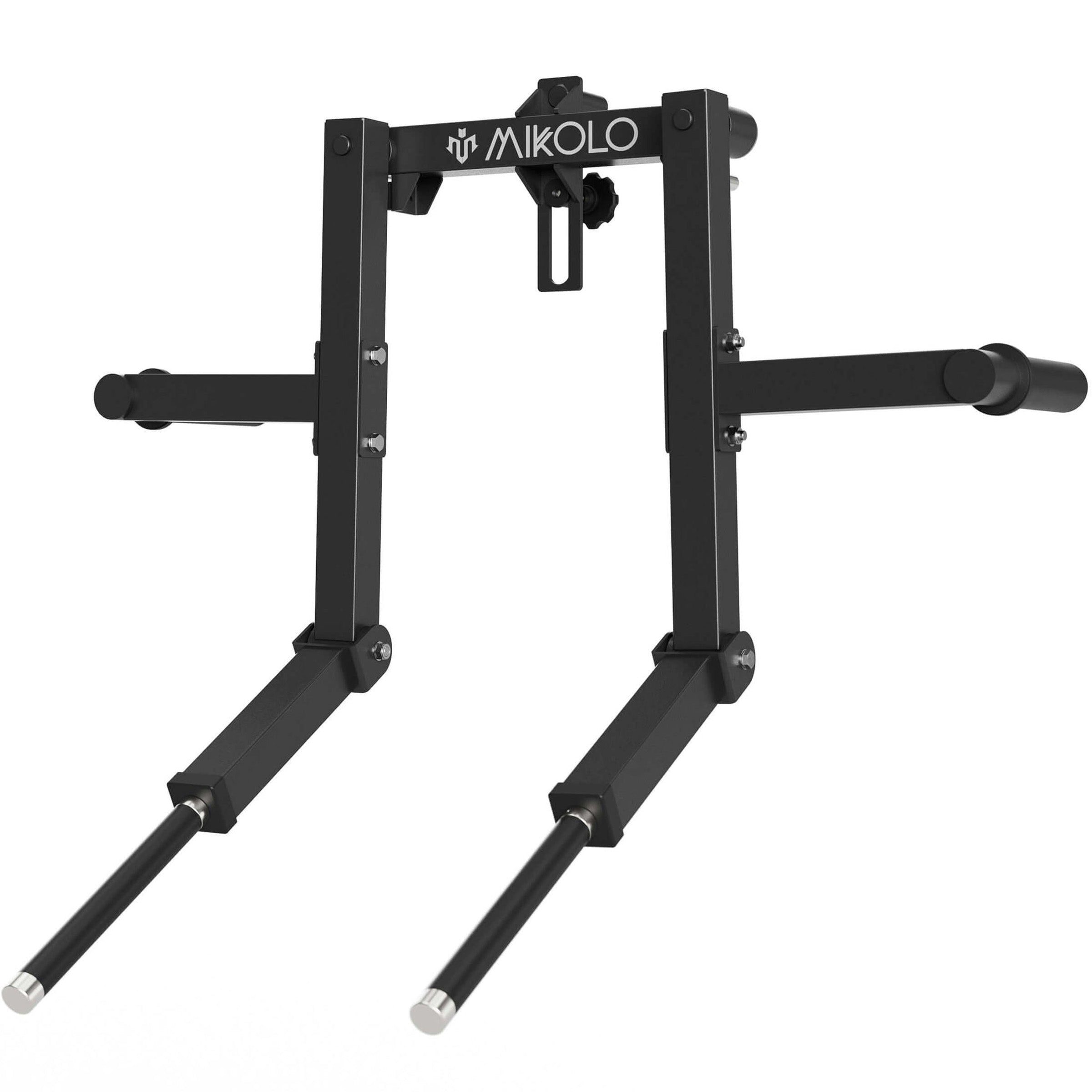
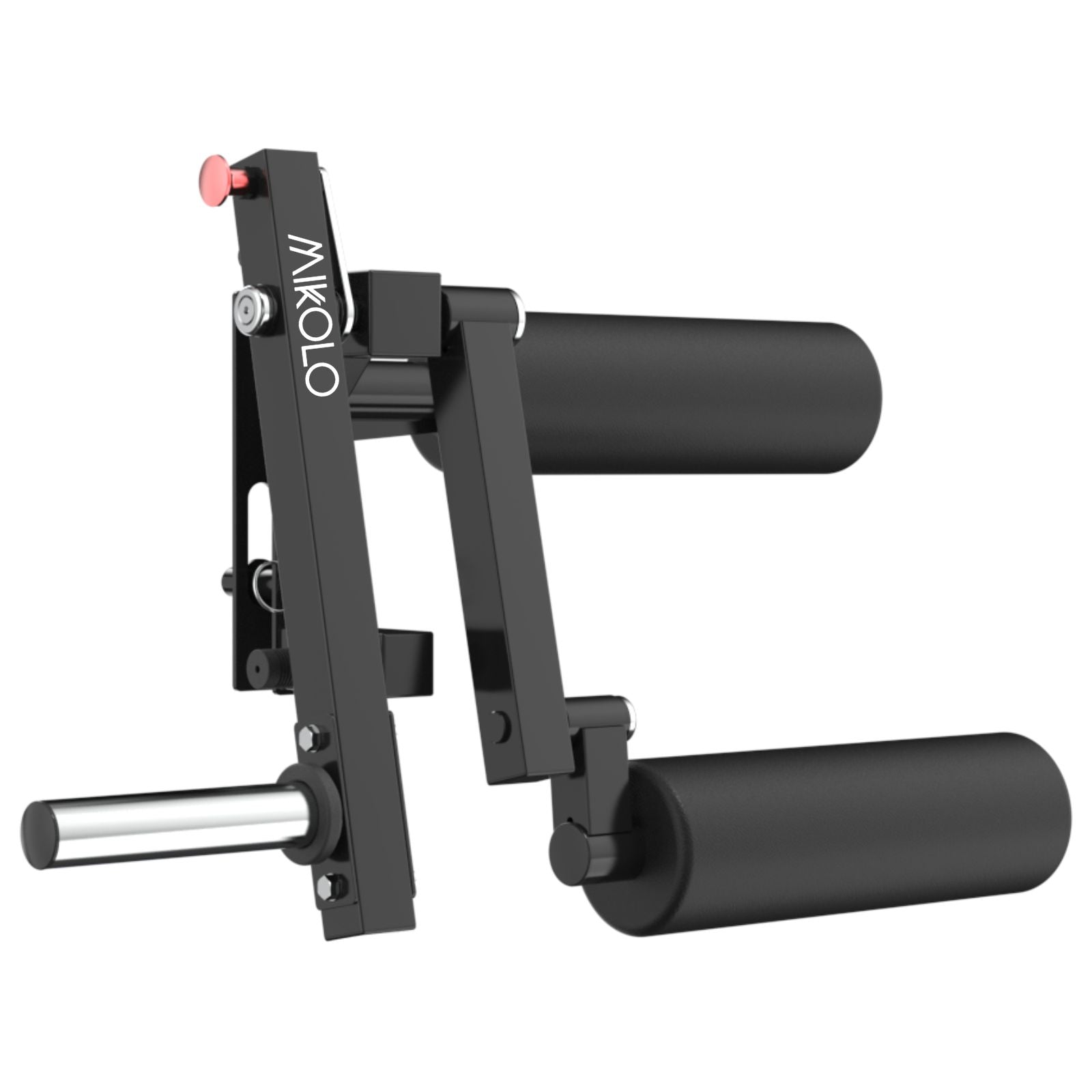
















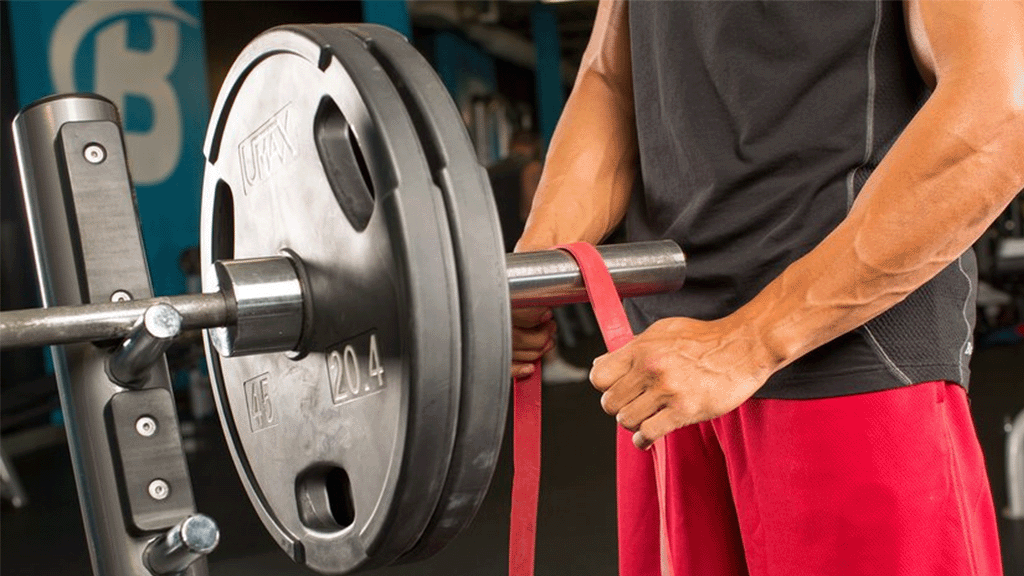
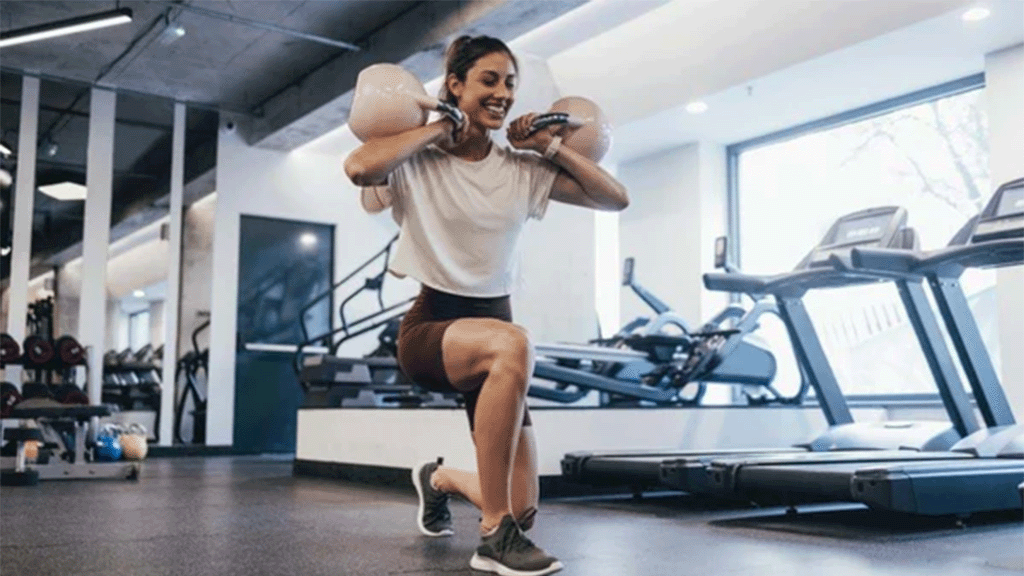
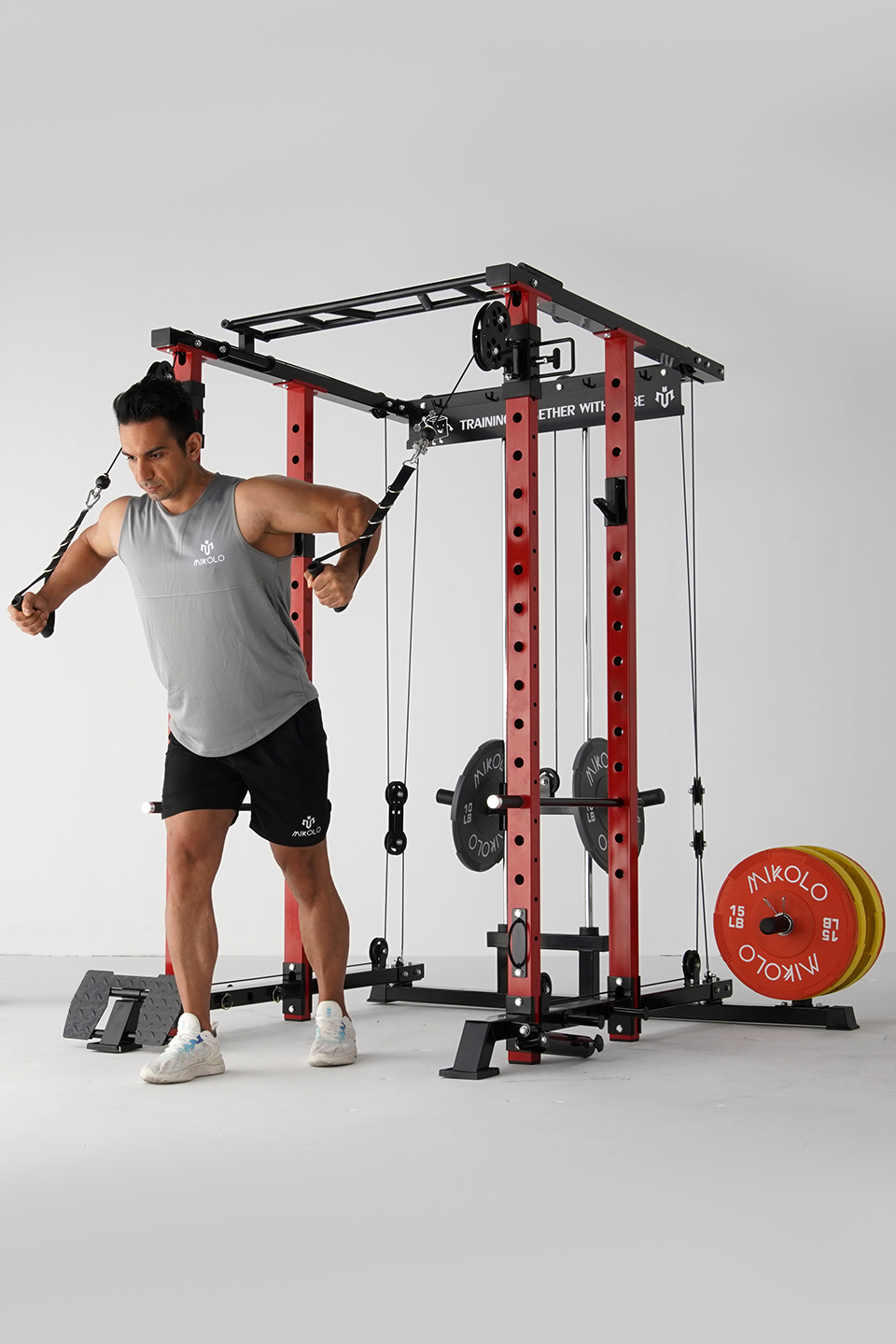
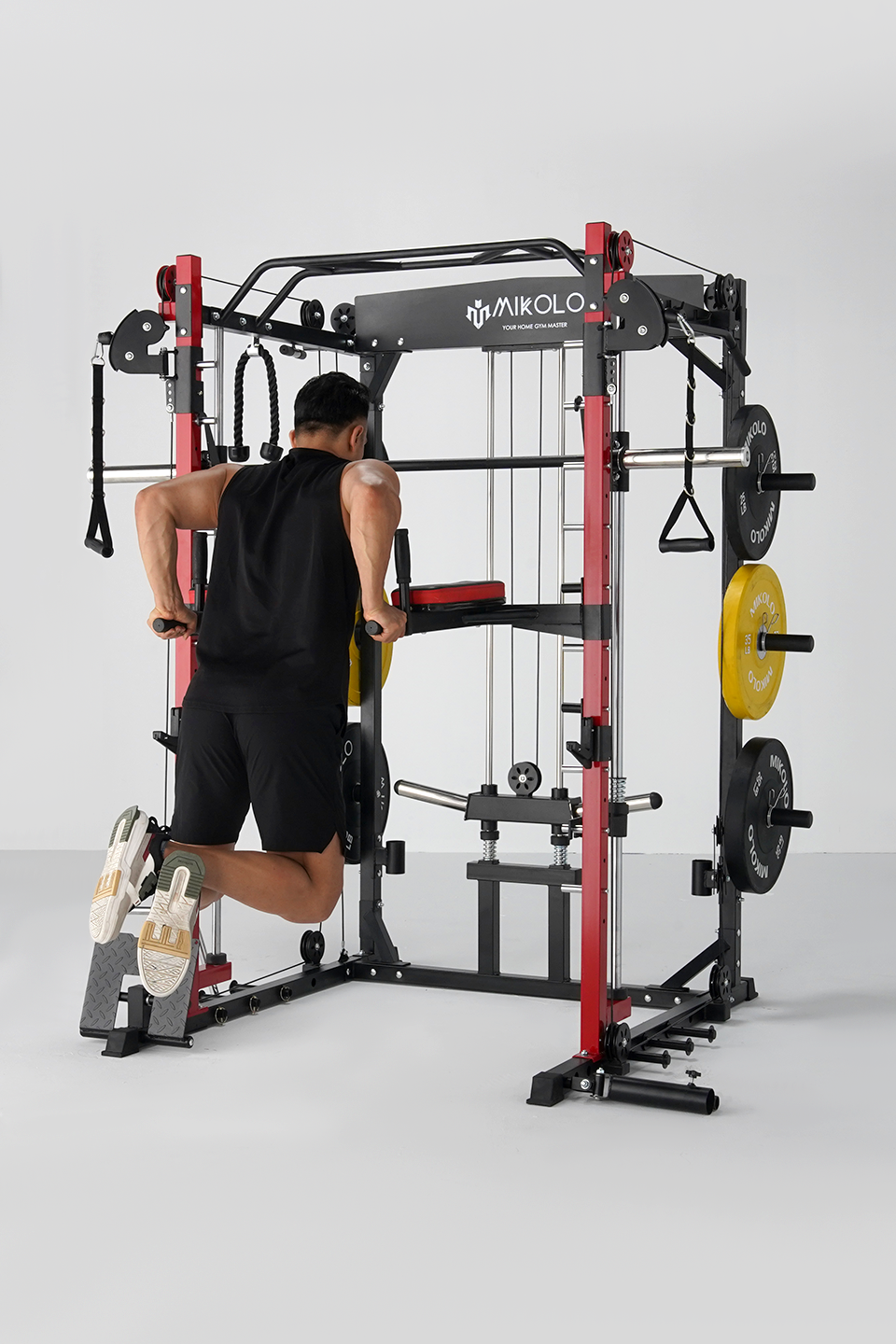


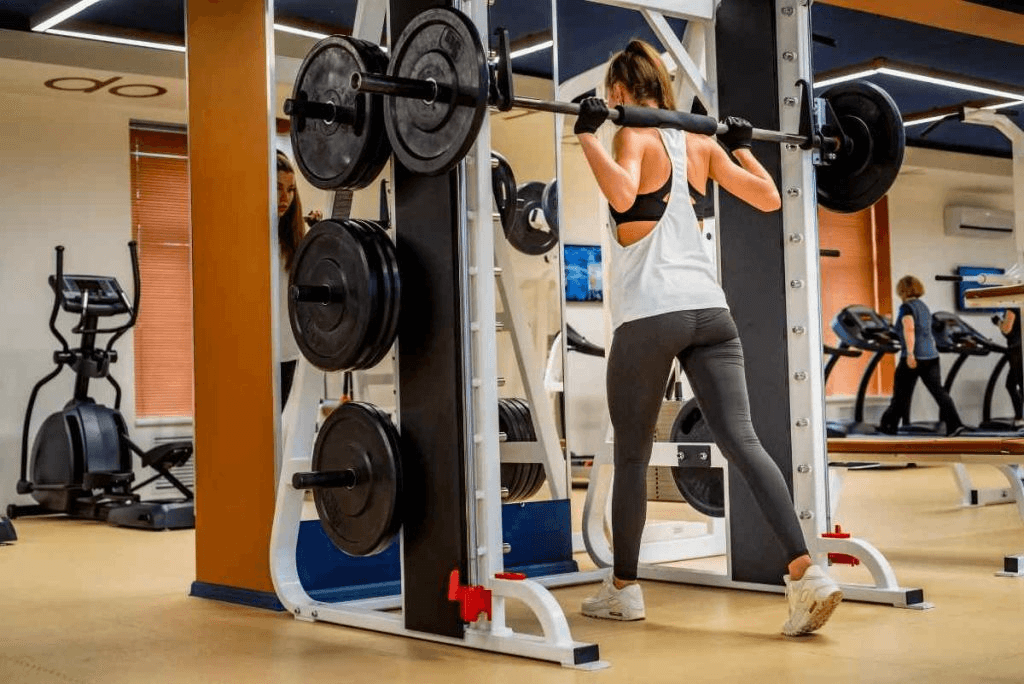
Leave a comment
This site is protected by hCaptcha and the hCaptcha Privacy Policy and Terms of Service apply.